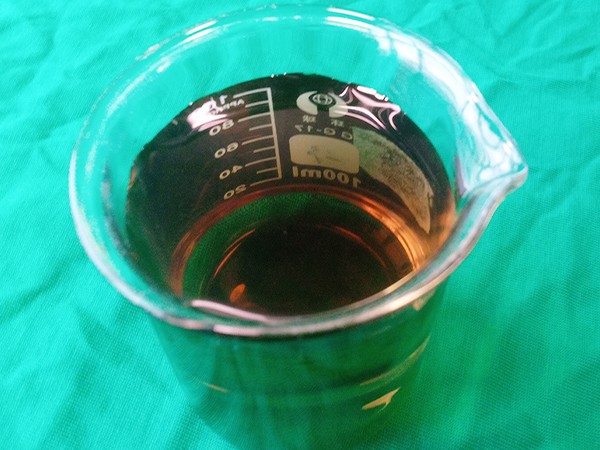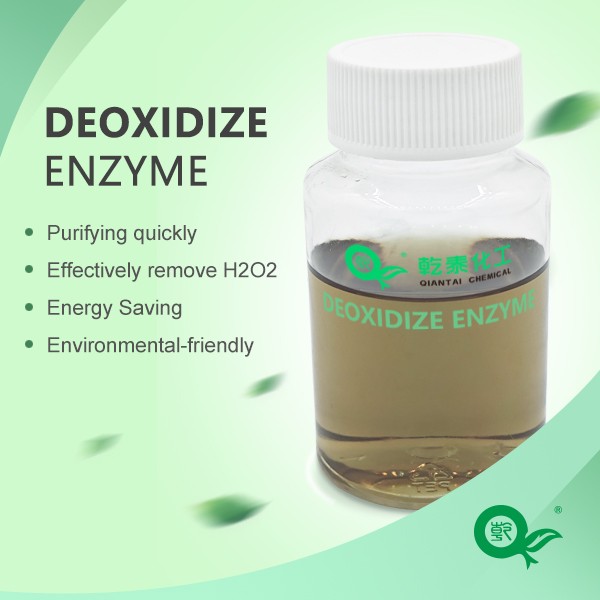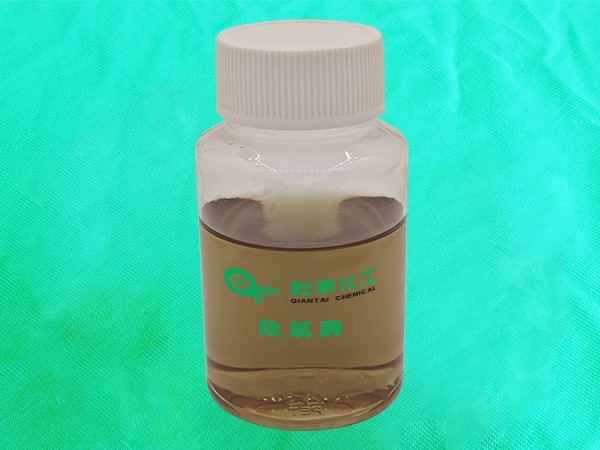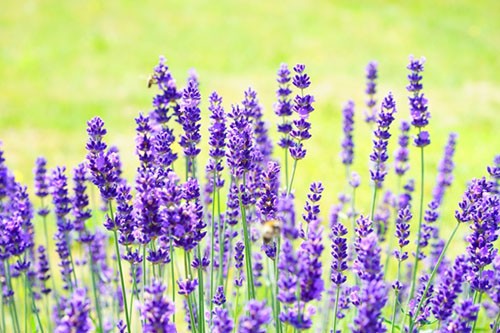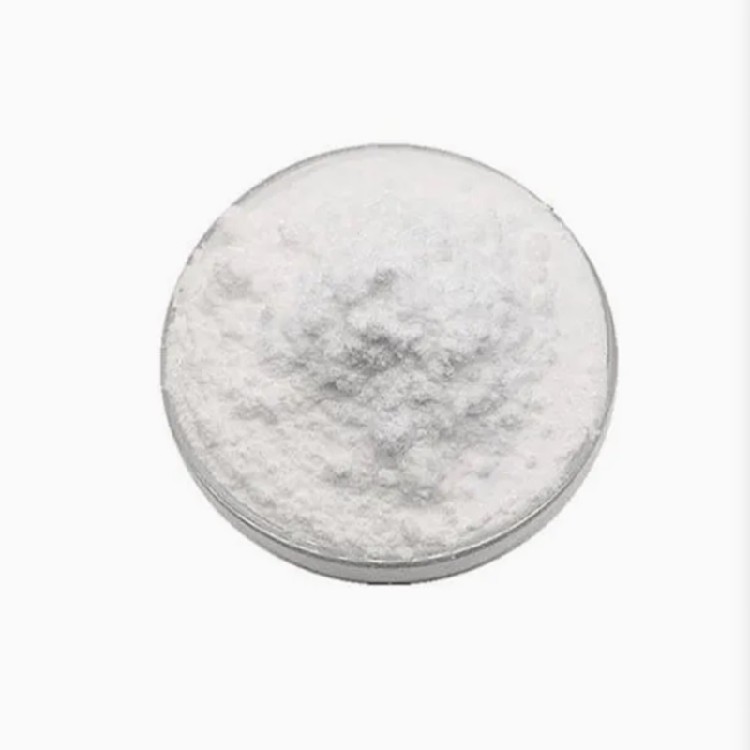Industrial deoxygenation enzyme, energy-saving and cost-reducing, anaerobic wastewater treatment, combined deoxygenation and scale prevention
Product description

Deoxygenase is a stable catalase enzyme produced by non-pathogenic microorganisms through deep fermentation. Since some dyes, such as reactive dyes, are highly sensitive to oxidizing agents, it is crucial to thoroughly remove residual hydrogen peroxide from textiles and their water baths before dyeing.
[Physical Properties]
Composition: Biologically active enzyme
Appearance: Brownish transparent liquid
pH Value: 5±1
Solubility: Completely miscible with water at any ratio at room temperature
[Product Features]
1. Deoxygenase is a non-food grade product intended solely for industrial use.
2. It is used in the biological purification of oxygen bleaching to remove residual hydrogen peroxide from textiles and their processing environment before dyeing.
3. Ready to use without dilution.
4. Deoxygenase specifically decomposes hydrogen peroxide into water and oxygen, and is compatible with most surfactants.
[Advantages]
1. Water-saving—The deoxygenase biological purification process requires only one cold rinse, which can even be omitted, and can be performed simultaneously with the dyeing process.
2. Time-saving—the oxygen bleaching biological purification process can be completed in 10-20 minutes.
3. Energy-efficient—No heating is required during the process, resulting in shorter procedures and reduced energy and electricity consumption.
4. Safety—In this simple and controllable process, hydrogen peroxide can be effectively removed without affecting dyes or textiles.
5. Environmentally friendly—Hydrogen peroxide is decomposed into natural components, water, and oxygen, without generating harmful substances like sulfates or nitrates.
[Differences Between New Process and Traditional Processes]
1. Washing with water: Bleaching → Hot water rinse → Cold water rinse (neutralization) → Cold water rinse → Dyeing
2. Reducing with a reducing agent: Bleaching → Reduction → Washing with water → Dyeing
3. Using deoxygenase: Bleaching → Cold water rinse → Biological purification → Dyeing
[Usage Method]
For batch processing equipment, such as yarn dyeing machines and jet dyeing machines:
1. Drain the used bleach solution.
2. Rinse once with cold water or directly add cold water to achieve the desired bath ratio for dyeing.
3. Control pH between 6-8 and temperature between 20°C-60°C; add 0.05g-0.1g/L of catalase QTQ-101 (increase up to 0.5g/L for continuous equipment or when processing time should not be too long). Overuse poses no risk.
4. Run for 10-20 minutes and check if hydrogen peroxide has completely decomposed (use Merck hydrogen peroxide test strips).
5. Continue with the dyeing process in the same bath.
Catalase QTQ-101 performs best at pH 6-8 and temperatures between 20°C-60°C. Its effectiveness decreases when hydrogen peroxide concentration exceeds 1000PPM. Catalase QTQ-101 is compatible with most commonly used activators and hydrogen peroxide stabilizers.
[Precautions]
1. Conduct small-scale tests beforehand to determine optimal dosage.
2. If used with other finishing agents, ensure compatibility through prior testing.
[Storage and Packaging]
1. Store in a cool, dry, well-ventilated area away from direct sunlight and rain at 25°C.
2. Polyethylene bags, each containing 25KG.
Recommended products
